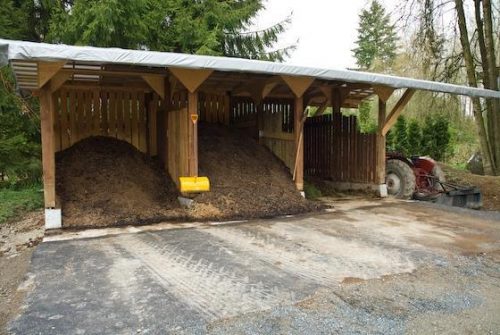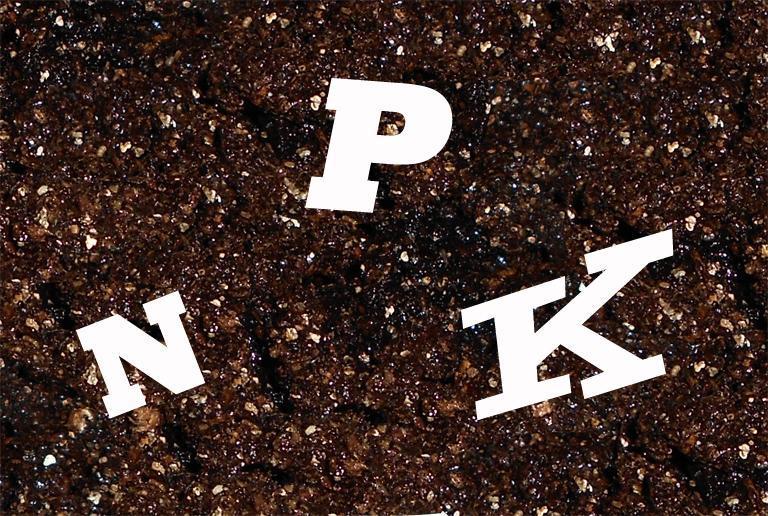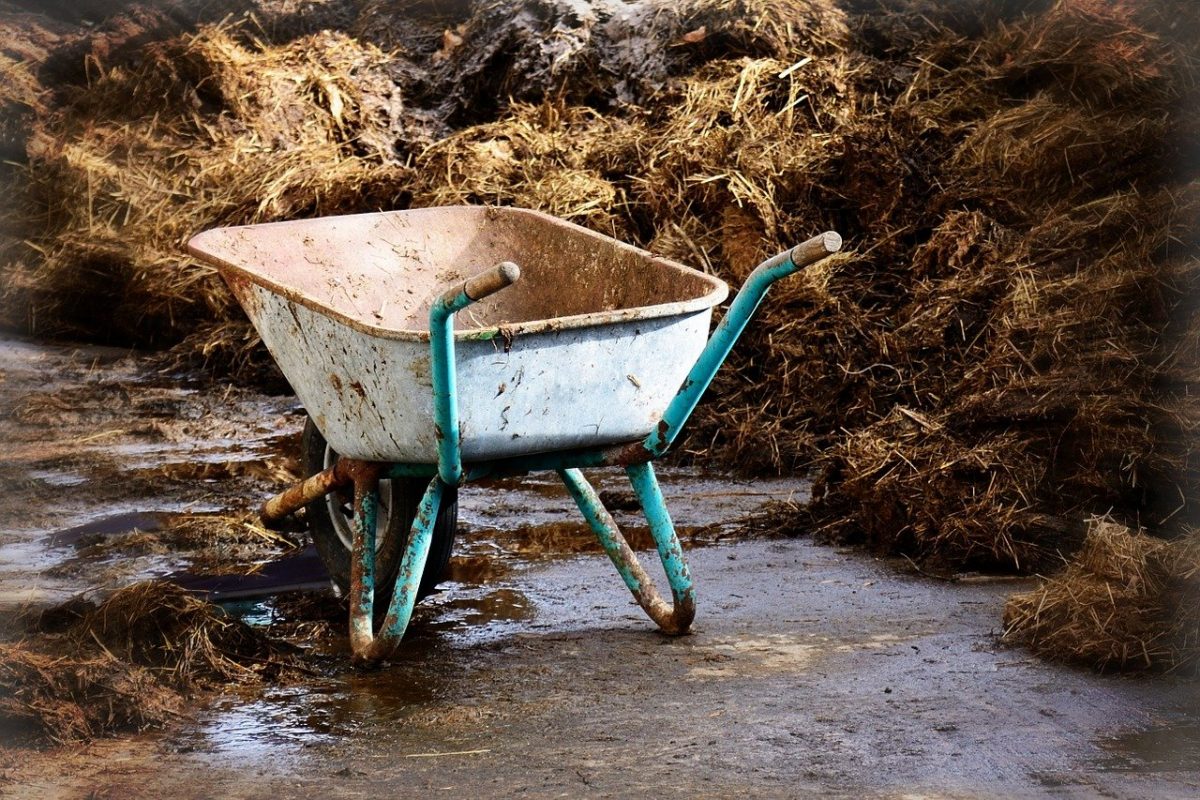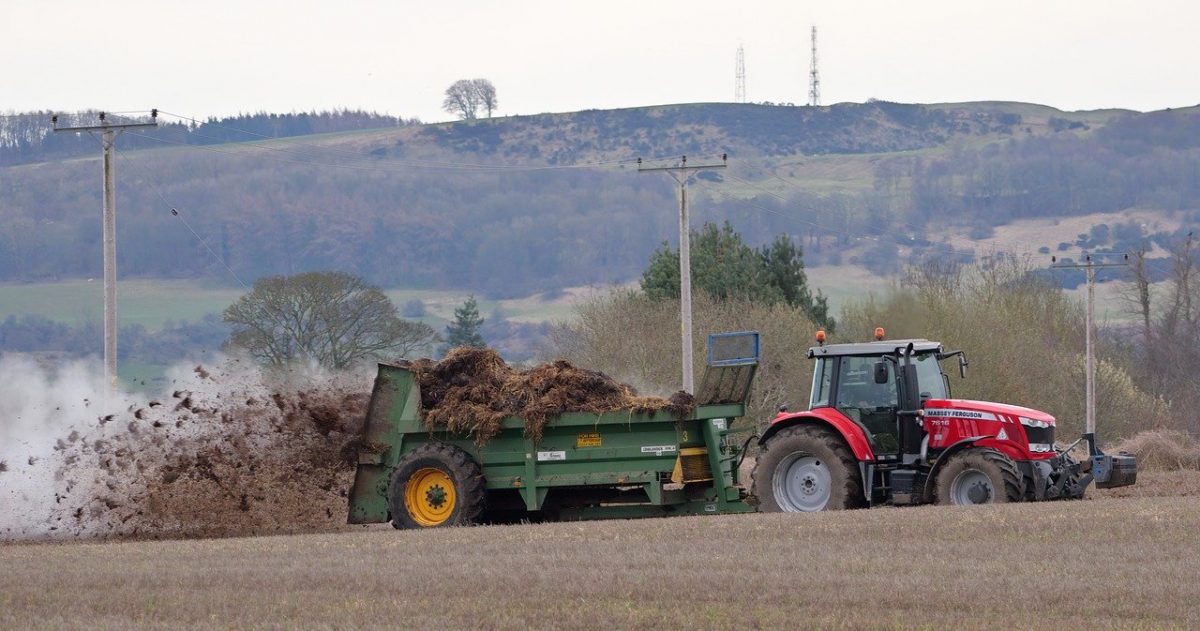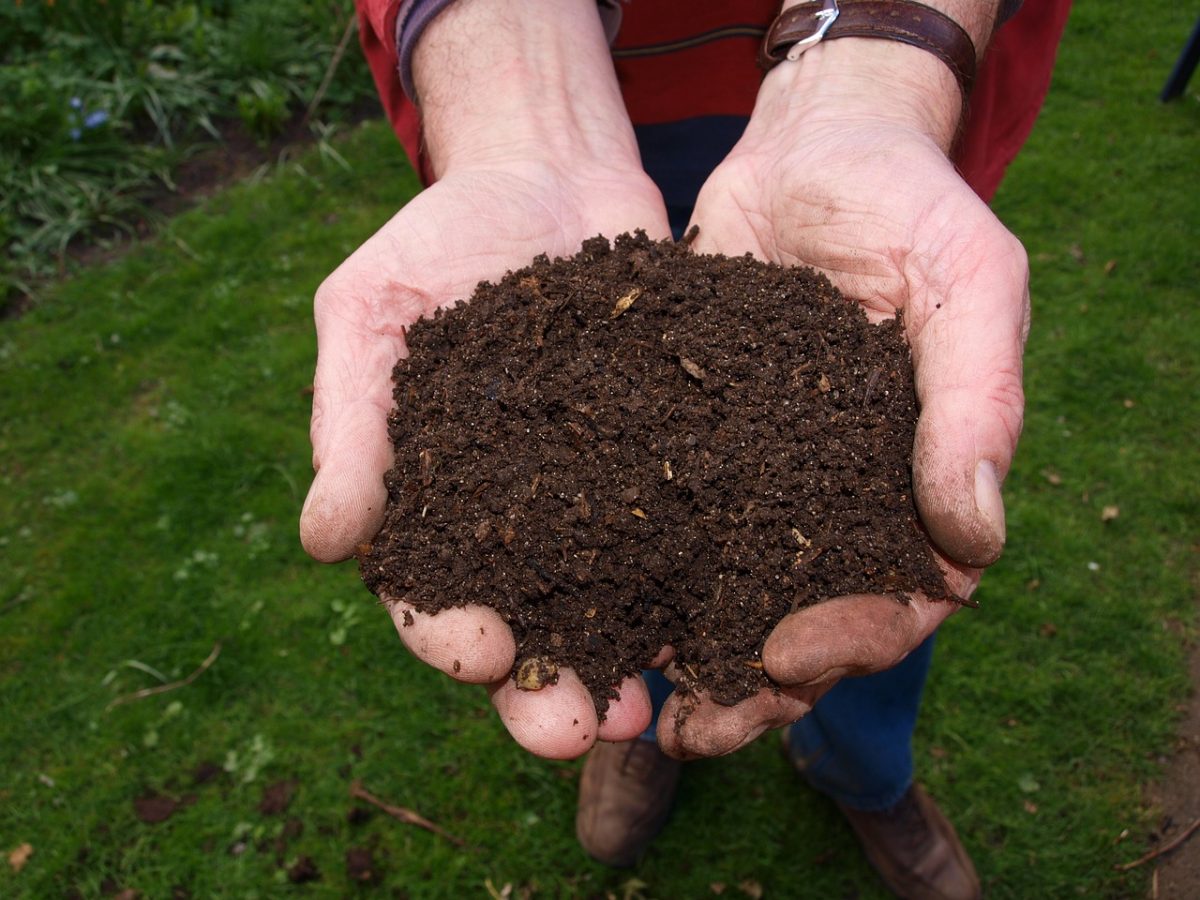Manure – information about organic fertilization
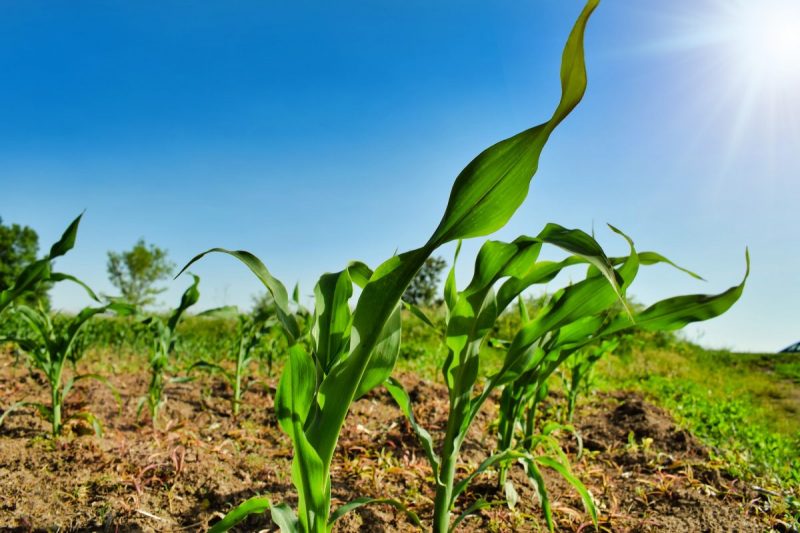
Manure is a natural, complete fertilizer, which contains all the substances necessary for the growth and development of plants. It is used in unstructured soils, poor in humus, which helps loosen, improves water retention, and promotes the activity of soil organisms. Its effect can be perceived until the fourth year after application.
The best harvests are obtained when organic and mineral fertilizers are used at the same time.
The application of manure and other organic fertilizers is important both for the nutrients that are introduced into the soil and for the improvement of plant growth and development conditions.
Storage and composting
As manure is obtained gradually, it is not applied as such. It is collected on platforms and composted.
Composting (fermentation) can be done by several methods. Commonly used methods are:
- aerobic composting (“warm” composting) – by loosening the organic matter and ensuring aeration during composting – this type of composting takes 6-12 months;
- anaerobic composting (“cold” composting) – by densely placing the organic matter from the beginning – lasts 4-5 months and results in semi-fermented manure;
- mixed composting (it is aerobic at first, followed by anaerobic composting) – it lasts 3-4 months.
Composting can also be done in piles, but it is not a suitable method due to high losses of nitrogen and other elements.
The most recommended method is the aerobic one because it allows the development of a greater amount of humic acids under the influence of aerobic microorganisms. In addition, the high temperatures reached during aerobic fermentation lead to the destruction of some of the weed seeds in it.
Storage
It is stored as far away from the household and the water sources as possible, at a minimum of 50 meters, to avoid air and water pollution. It is recommended to place a platform specially designed for this purpose, on higher ground, so that water is not collected at the base of the material. The platform must have a slightly sloping concrete bottom, provided with a drain connected to a collecting basin at the sloping end. The platform must be provided with walls about 1.5 m high, while the width is usually 3-4 m.
Every day, the manure is placed in layers and sprinkled with superphosphate (in doses of approximately 1-2% of the mass). The use of superphosphate aims to limit the loss of ammoniacal nitrogen and to improve the quality of the compost obtained. The storage must be done in layers with a height of up to 1.2 m of dense manure. Then, it has to be watered with water, liquid manure, or urine and covered with about 20 cm of soil. In the end, it is stored for 4 months until fermented and then transported to the field for use.
Types of manure
Depending on the animal species, manure can come from cattle, horses, sheep, pigs, or birds.
According to the fermentation stage, 4 types are known:
- fresh manure – the straws are hard, they have an unchanged color and the liquid extract from the manure has a yellow color;
- semi-fermented manure – the straws turn brown, break easily and the weight of the manure decreases;
- fermented manure – the straws are no longer recognizable, they look like a blackish mass with a greasy appearance and the initial weight of the manure is reduced by about 50%;
- very well fermented manure (garden mould) – it appears as a blackish earthy mass and the weight decreases to about 25%.
Chemical composition
Manure contains all the micro and macro elements that plants need for growth.
In the absence of concrete analyzes, it can be considered that semi-fermented cattle manure contains on average 22% dry matter and 0.5% nitrogen, 0.25% phosphorus, 0.6% potassium, 0.05% sulfur, 0.5% calcium, 0.2% magnesium, 4 g boron / t and 2 g copper / t.
The chemical composition varies greatly with the species of animals, the quality of the feed used, the type and degree of fermentation.
The solid droppings that are the most concentrated in nutrients are those of birds, followed by those of sheep, then those of horses, the lowest concentrations being those of cattle.
Fresh liquid manure (urine) is more concentrated in nitrogen and potassium than solid manure but much poorer in phosphorus, which is almost absent.
The accessibility of nutrients in manure is different for each element:
Nitrogen: its accessibility from manure depends on the stage of decomposition, the type of soil, the species from which it comes, the season of application, etc. Fresh manure contains little nitrogen accessible to plants and only in ammoniacal form. Thus, the nitrogen is ensured only in the first year for crops with a long vegetative growth period (roots, corn, tomatoes, autumn cabbage). In contrast, crops with a short vegetative growth period benefit only a little from the nitrogen and phosphorus in fresh manure.
Of the nitrogen in the manure applied to crops, only 50-60% has a direct effect, the rest is lost because of its infiltration into the lower layers of the soil or lost by volatilization.
If the manure contains a lot of straws, some of the mineral nitrogen is consumed by microorganisms for their decomposition, thus becoming a competitor for the crop plants in terms of nutrient consumption.
Phosphorus: it becomes accessible to plants as the compounds mineralize under the action of microorganisms. In the first year, the phosphorus in the manure is used in a proportion of approximately 30%, compared to the mineral fertilizers, (only 10-20% is used).
Potassium: it is easily accessible to plants, existing in the form of inorganic salts. Potassium from manure is easily and quickly assimilated by plants.
Use
It is primarily applied to plants with a long period of vegetative growth, such as corn, beets, potatoes, sunflowers. As a rule, the shorter the growing season of a crop, the better fermented the manure applied should be.
Unfermented manure is never incorporated into the soil for garden vegetables. Only very well-matured compost is applied to plants sensitive to fresh organic matter (onions, garlic, carrots, beans). For cucurbits, semi-fermented manure is very suitable.
The mineral elements are assimilated in different amounts from year to year. Thus, in the first year, nitrogen from manure is assimilated in a percentage of 20-25%, phosphorus in a proportion of 30-40%, and potassium in a proportion of 60-70%.
In the first year, manure is better used by plants with a long vegetative growth period (corn, potatoes, beets, sunflowers, tomatoes).
In the second year after application, it is best used on cereals, early potatoes, onions, and peas.
Exclusive use of chemical fertilizers does not reduce the importance of using manure.
Applying manure
Manure fertilization is recommended to be carried out following a soil analysis, to know its reserve in mineral elements. The most frequently used doses are 20-40 t / ha and the application is done once every 2-4 years (every 3-4 years for field crops, trees, and vineyards and every 2-3 years or annually for vegetables cultivated in the field).
The transport and spreading of the fermented manure in the platform is done when it can be immediately incorporated. For autumn sowing, manure is transported in summer, during cloudy weather, and immediately incorporated into the soil. For spring crops, it is incorporated in the fall, after plowing.
Dose recommendations per hectare, depending on the type of crops grown: straw cereals (10-15 t / ha), corn (20-25 t / ha), potatoes and beets (20-30 t / ha), legumes (10 -15 t / ha), orchards and vineyards (40-60 t / ha), vegetable crops (80-100 t / ha).
In light, sandy soils, the incorporation must be made deeper, up to 30 cm deep, and in the case of heavy soils, the incorporation is made to a depth of up to 18-25 cm.
Well-fermented manure is incorporated at a depth of 10-15 cm and the least fermented one at a depth of 18-20 cm. It must be well ground, moderate humidity and uniformity must be at least 75%.
Compost
Compost results from manure through very advanced decomposition, which takes 2-3 years, when it has only 25% of its initial weight and takes on the appearance of a “greasy” blackish soil.
The average nutrient content of compost is almost double in terms of N and P if compared to that of semi-fermented manure: 0.7-0.9% nitrogen, 0.5% phosphorus, 85% potassium, 0.45% calcium.
Compost is used especially in vegetable growing and floriculture due to its excellent physical and chemical properties, being indispensable in the production of seedlings.
Birds manure (bird droppings)
It is a complex fertilizer, the nitrogen, and phosphorus content being 3-4 times higher than the content of manure. From a practical point of view, it can be considered that all the nutrients in the bird manure are completely accessible to the plants from the first year of application.
Semi-fermented bird manure contains on average: 30% dry matter, 1.2% total nitrogen, 1% phosphorus, 0.45% potassium, 0.5% magnesium, 1.1% calcium and 0.13% sulfur.
The recommended doses for basic fertilization in vegetable growing and orchards are 4-6 t / ha semi-fermented manure. In vegetable growing, it can be applied during the vegetative growth period in lower doses, in the form of a suspension with water. Prepare a concentrated solution by adding 1 kg of manure to 4-6 l of water. It should have a thick, sour cream-like consistency and it should be left to soak for about 30 days. The macerate is not administered as such but it is diluted in various ratios so as not to cause burns to the plants. For onions, zucchini, tomatoes, celery, radishes, the ratio is 1/10 (1 part macerate + 10 parts water). For cucumbers, carrots, and leeks the ratio is 1/20. It is recommended to apply during the period of vegetative growth and fruit growth. Do not fertilize excessively so as not to cause burns to the plants.














































































































































































































































































































































































































































